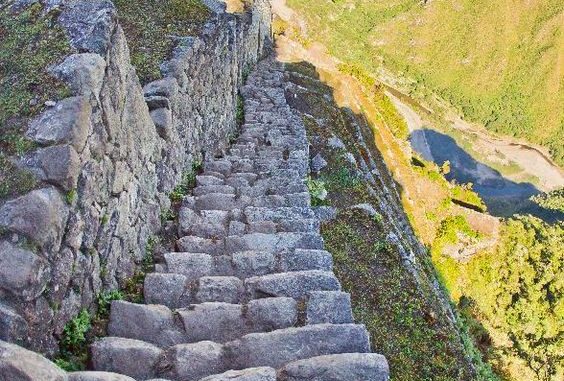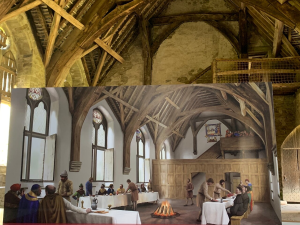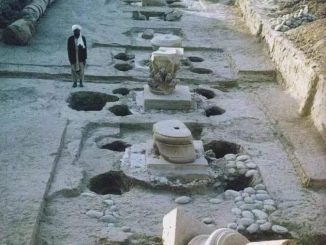Perched amidst the majestic Andes, a stone path lies quietly as a testament of time, recounting the tale of the once-great Inca civilization. Recent images capturing this pathway, with its tightly fitted stone steps clinging to the side of a precipitous cliff, have captured the attention of scholars and travelers worldwide.
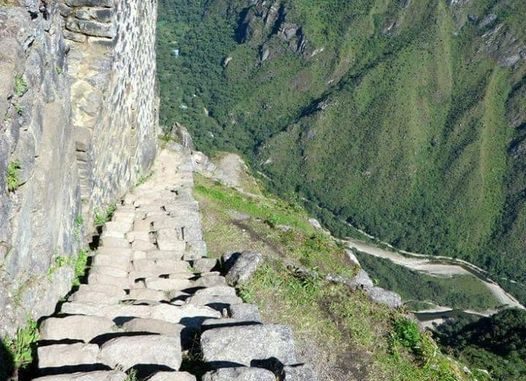
This is not merely an architectural marvel but also a testament to the Incas’ ingenious construction techniques. Each step on this path demands caution, with a steep rock face on one side and a deep abyss on the other. It’s part of the extensive network known as the Qhapaq Ñan, recognized by UNESCO as a World Heritage Site, with undeniable historical and cultural significance.
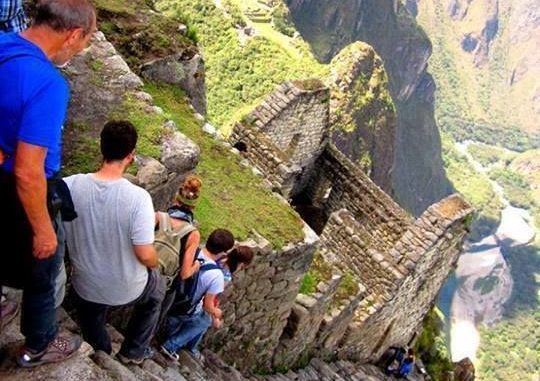
The perfection of each carved stone, meticulously assembled to create a steadfast path, along with the ability to adapt to harsh natural conditions, is evidence of Incan intelligence and creativity. This pathway is not just a means of transportation but also an art piece, intertwined with the beliefs and daily life of the Inca people.

Today, this stone path attracts not only history enthusiasts and scientists eager to delve into the past but also adventurers who seek the thrill of exploration and wish to experience the essence of the wilderness, where ancient civilization and nature blend seamlessly.

As travelers tread these steps, they are offered not just a view of nature’s splendor but also a visceral connection to a bygone era, a civilization whose time may have faded but whose spirit endures.
